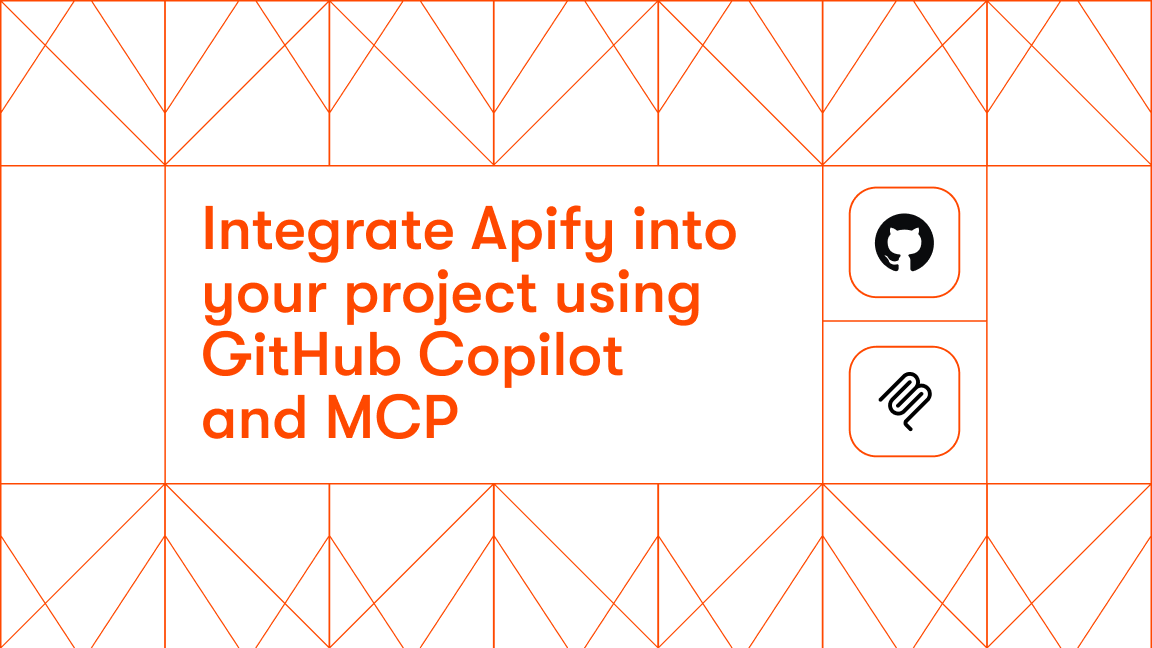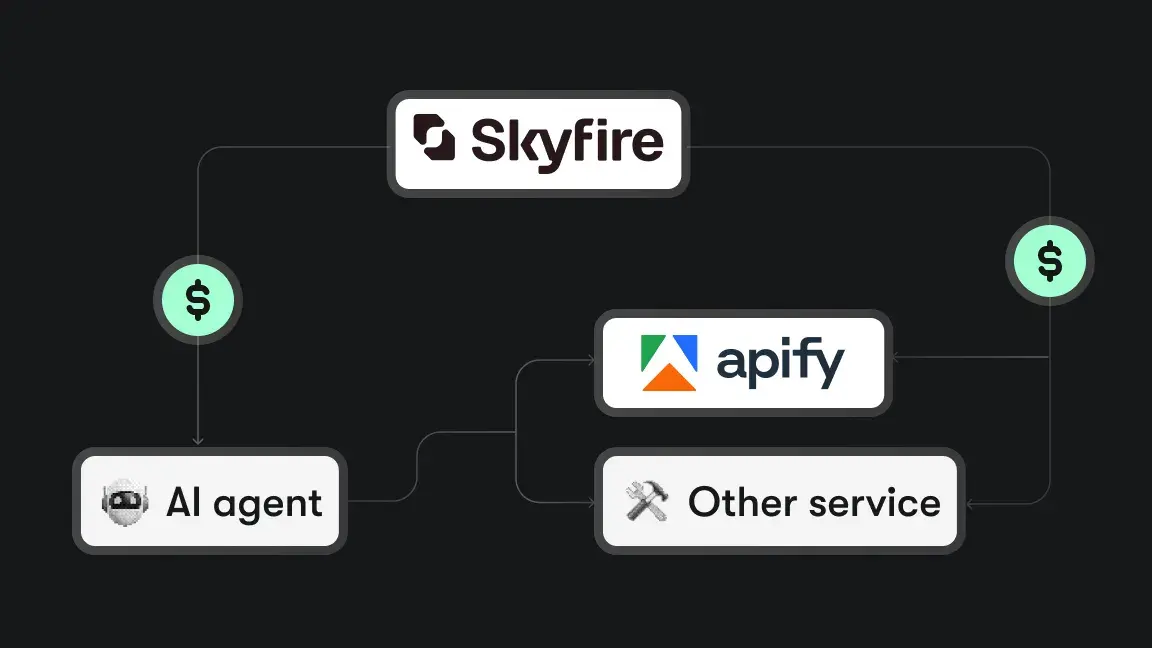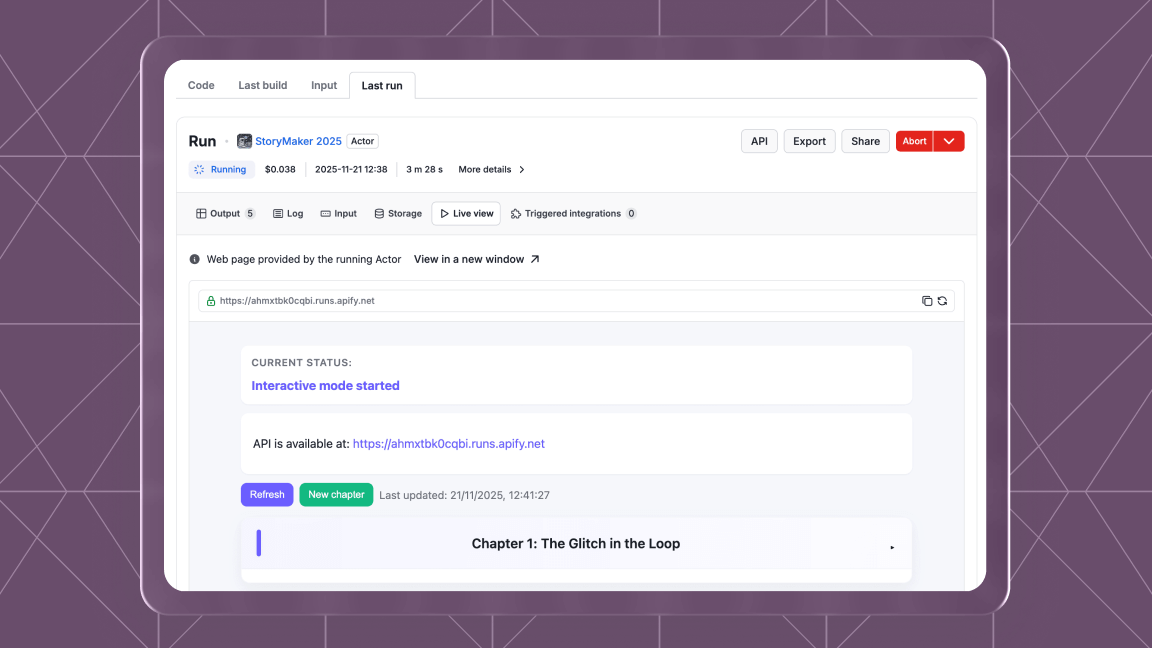Hi, we're Apify, a cloud platform that helps you build reliable web scrapers fast and automate anything you can do manually in a web browser. This article on Edge AI vs. Cloud AI was inspired by our work on collecting data for AI and machine learning applications.
The rise of Edge AI
Five years ago, Gartner predicted that 75% of enterprise data would be created and processed outside the cloud by 2025. Whether that will prove entirely accurate remains to be seen. But what is clear is that Edge AI is rapidly growing in popularity.
The rise of edge computing accelerated in the 2010s with the explosion of IoT devices necessitating smarter, faster processing at the edge, in other words, closer to the data source. This gave rise to Edge AI, where AI algorithms are processed locally on a hardware device.
The growing interest in Edge AI has generated a myth that edge computing will replace cloud computing. But in reality, Edge and Cloud can work hand-in-hand by synchronizing a decentralized edge and a centralized cloud. In some cases, this balance involves thoughtful use of cloud computing consulting to address system architecture or integration challenges.
The purpose of this article isn't to tell you which of the two - Edge or Cloud - is better but to highlight the pros and cons of each so you can know which is suitable for your AI tasks.
What is Edge AI?
Sometimes referred to as “AI at the edge”, Edge AI is the implementation of artificial intelligence in an edge computing environment. In other words, Edge AI allows computation to be done close to where data is collected rather than at an offsite data center. That means it processes data locally to provide swift response times due to on-device processing.
Pros and cons of Edge AI
Edge AI advantages
- Reduced latency and bandwidth: By processing data close to the edge, the need to transmit information over the network is reduced.
- Swift response times: Fully on-device processing provides quick services, which eliminates wait times due to remote server responses.
- Privacy and security: Edge AI offers better security for personal data than transmitting it across networks, where it can be vulnerable to cyberattacks.
Edge AI disadvantages
- Limited computing power: Edge devices often have less computing power than cloud servers, limiting the complexity of AI models they can run.
- Cost and scalability challenges: Scaling Edge AI solutions across numerous devices can be complex and expensive due to the amount of money required to acquire, maintain, and operate computing resources.
- Maintenance and upgrades: Regular maintenance and updates of each edge device can be more challenging compared to centralized cloud updates.
- Machine variations: There's more variation in machine types with edge devices, leading to more common failures.
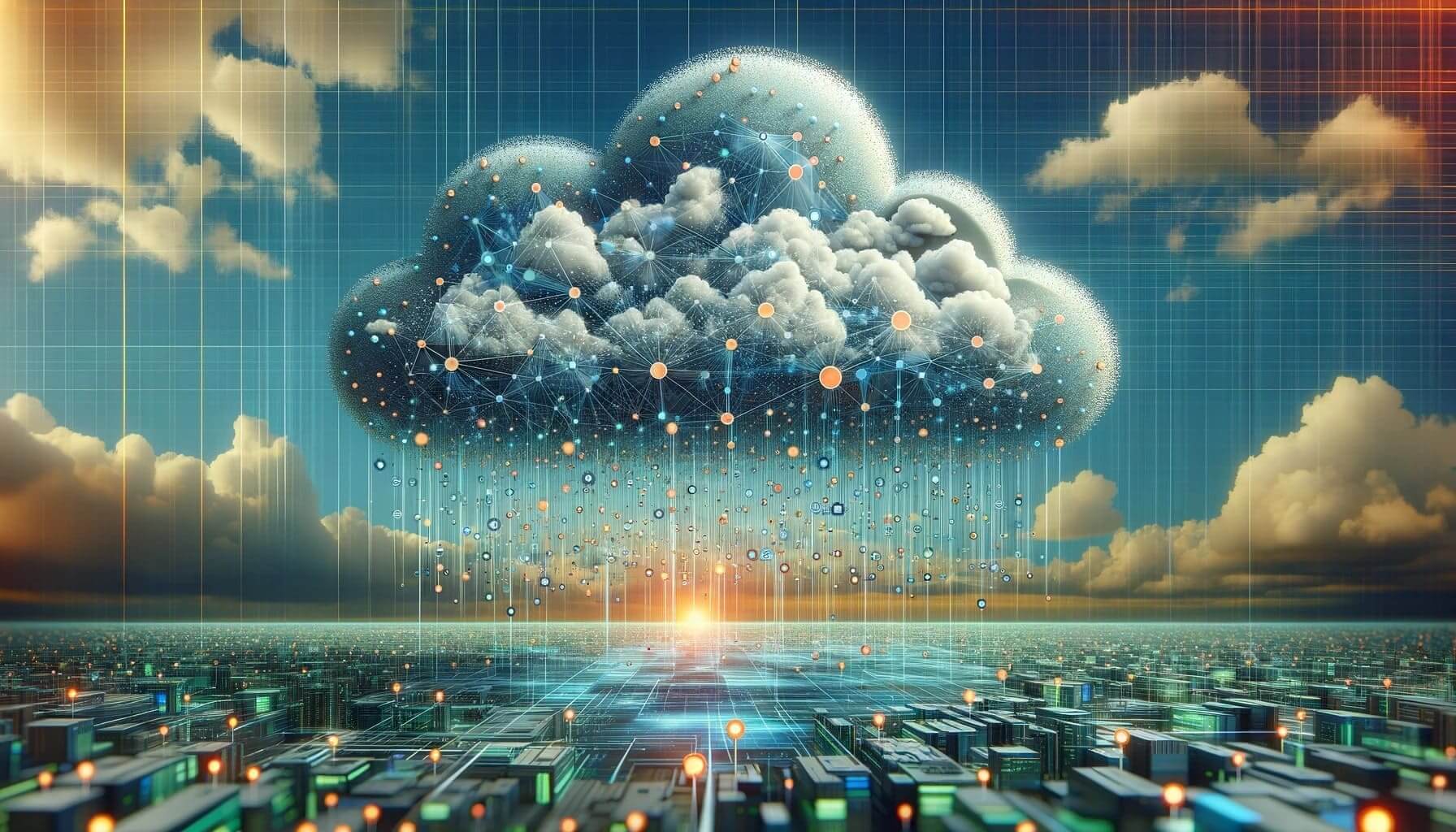
What is Cloud AI?
Cloud AI refers to artificial intelligence systems where the data processing and AI model execution occur in cloud-based servers rather than on local devices.
The foundation for Cloud AI was laid with the advent of cloud computing in the early noughties. The introduction of cloud AI services, such as Google's Cloud AI, AWS's SageMaker, and Microsoft's Azure AI, some ten years later, was a significant milestone. These platforms provided tools for machine learning, data analytics, and cognitive services (like natural language processing and computer vision).
Because Cloud AI operates on data sent to remote servers, it's more scalable and flexible than Edge AI. That's the main thing that gives Cloud the edge (see what I did there?), but there are other advantages too:
Pros and cons of Cloud AI
Cloud AI advantages
- Big data handling
AI algorithms thrive on voluminous data for training and accuracy. Cloud storage is integral here, providing the capacity to store and process terabytes of data. This capability is essential for developing machine learning models that learn from vast, varied datasets to enhance their predictive accuracy and reliability.
- Parallel processing
Before cloud infrastructure, processing limitations were a significant bottleneck in AI development. Cloud computing introduced parallel processing nodes, which dramatically enhanced computing power. This means complex AI models can be computed much faster, accelerating the development and deployment of AI solutions.
- GPU acceleration
Advanced AI computations, especially those in machine learning and deep learning, require significant processing power. GPUs, known for their parallel processing capabilities, are ideal for these tasks. Cloud AI utilizes GPU acceleration to handle intensive AI computations efficiently.
- Scalability and flexibility
One of the most significant advantages of cloud storage in AI is scalability. Cloud-based AI systems can adapt to varying computational demands, scaling up or down as needed. A cloud computing course clarifies autoscaling patterns, cost controls, and IaC workflows. This flexibility allows for efficient management of resources and costs, which is particularly vital for fluctuating AI workloads.
Cloud AI disadvantages
- Latency issues: Depending on internet connectivity, there can be latency in data processing, which may not be suitable for real-time applications.
- Security concerns: Transmitting data to and from cloud servers can pose security risks, especially if sensitive data is involved. That being said, cloud providers can provide strong security measures and compliance standards such as encryption, access control, continuous vulnerability scanning etc, so they can be a viable option if properly configured..
- Dependence on internet connectivity: Cloud AI's effectiveness is contingent on reliable internet connectivity, which can be a limitation in remote or unstable network areas.
Key takeaways: when to use Edge and when to use Cloud
- Edge computing minimizes latency by processing data locally but has limitations in terms of computational resources.
- Cloud computing provides powerful processing capabilities but introduces latency due to data transmission.
- The choice between Edge and Cloud depends on the latency tolerance of your application, the available network bandwidth, and the computational needs of your AI tasks.
- Use Edge AI when real-time processing, data privacy, and reduced bandwidth usage are critical.
- Use Cloud AI for complex computations, large-scale data analysis, and applications where latency is less of a concern.
Apify as a data cloud platform for AI
If data in the cloud is what you need, Apify is a cloud platform that helps you build reliable web scrapers for real-time data collection, and automate anything you can do manually in a web browser. This makes it an ideal platform for extracting web data at scale for AI and machine learning.
🧑🏻💻 Web scraping for AI data
Apify excels in extracting vast amounts of data from the web, which is crucial for training and fine-tuning AI models like ChatGPT and LLaMA. Its ability to crawl and extract relevant information from various sources makes it a go-to solution for feeding AI algorithms.
🧩 Easy integration with AI tools
Apify facilitates the integration of scraped data into AI platforms. It supports the loading of data into vector databases for querying to enhance the capabilities of AI chatbots and other applications.
📈 Customizable and scalable
Whether it's using pre-built scrapers or developing custom ones, Apify offers tailored solutions. This flexibility is vital for AI applications that require specific, up-to-date data from diverse web sources.
⚙️ Practical applications
In customer service, Apify's web scraping abilities are already enhancing AI chatbots, enabling them to provide accurate and relevant responses based on real-time data.
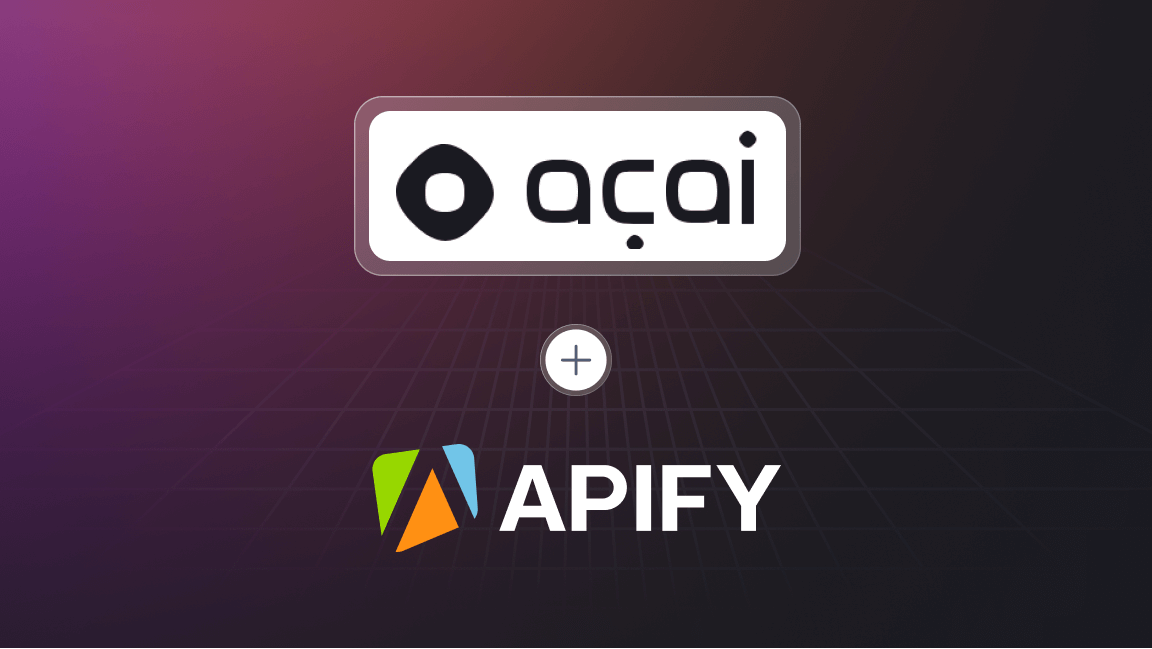
Web scraping for AI-powered travel operations
Acai Travel is changing the travel industry with AI-powered solutions that augment human expertise. Using Apify's web scraping capabilities, they provide travel agents with up-to-date information from hundreds of airlines and more.



